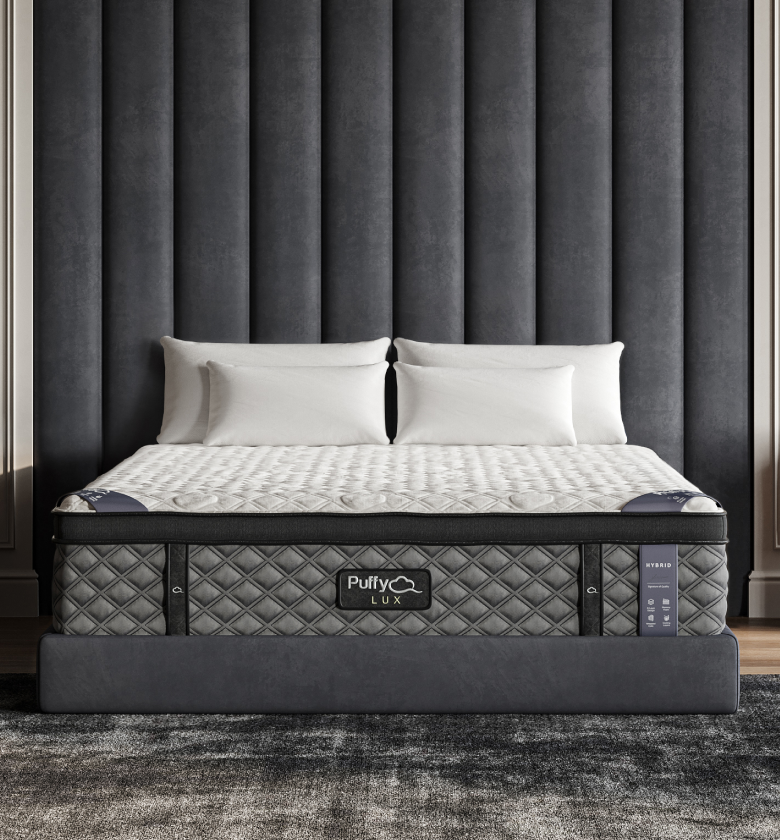Key Takeaways
- Learn how to make Turkish corners on pillows for a polished, high-end look.
- Discover the steps to creating crisp corners on your pillows that hold their shape.
- Explore different techniques for shaping throw pillows with Turkish corners.
- Understand the best tools and materials for this simple DIY technique.
Turkish corners on pillows are the secret sauce to that luxurious, designer look you see in magazines and high-end hotels.
If you’ve ever fluffed your throw pillows only to have them collapse into a shapeless mess, this guide will show you how to make Turkish corners on pillows with ease and style.
Turkish Corners on Pillows
Turkish corners involve tucking and folding the pillow corners to create a structured, crisp look that stands up on its own.
Benefits of Turkish Corners
-
Adds a tailored, professional finish to any pillow. It can make even the most casual pillows look like they came straight out of a designer catalog.
-
Helps pillows hold their shape longer. This method reduces sagging and helps maintain the pillow’s firmness.
-
Enhances the overall aesthetic of beds, couches, and chairs. Turkish corners bring a sense of symmetry and order to any room.
-
Creates visual interest, making your space feel more curated. It gives pillows a sculptural, eye-catching quality that elevates the room’s decor.
How to Make Turkish Corner Pillows
Here’s a step-by-step approach to achieving perfect Turkish corners:
-
Fluff the pillow: Start by plumping the pillow to distribute the filling evenly. Be sure to reach into the corners to prevent any flat spots.
-
Fold the corners: Grasp each corner and fold it diagonally toward the pillow’s center. Press firmly to keep the fold in place.
-
Tuck neatly: Press the folded corner into the side of the pillow, creating a sharp, triangular shape. Secure with a gentle pinch if necessary to hold the fold.
-
Adjust and smooth: Gently shape the pillow’s edges for a uniform appearance. Smooth out any wrinkles or uneven spots to maintain the sharp lines of the Turkish corners.
Tools You Might Need
-
A pillow with a medium to firm fill.
-
Lightly starched pillow covers for added crispness.
-
A smoothing tool (like a ruler) to perfect the folds.
Best Pillows for Turkish Corners
While you can use almost any pillow, some types hold the shape better:
| Pillow Type | Suitability for Turkish Corners |
|---|---|
| Down-filled | Excellent |
| Memory foam | Good, but may resist folding |
| Synthetic | Varies by fill density |
| Wool or cotton | Moderate |
Alternative Styling Techniques
If Turkish corners aren’t your style, try these methods:
-
Chop technique: Fluff the pillow, then karate-chop the top for a modern, relaxed look.
-
Envelope fold: Fold excess fabric behind the pillow to keep edges neat.
-
Layering: Combine multiple pillows in different sizes and textures.
Pairing these techniques with a Puffy Lux Mattress has made our bedroom not only more comfortable but also more stylish. The crisp lines of Turkish corners perfectly complement the smooth surface of the mattress.
Maintaining Pillow Shape
-
Fluff pillows daily.
-
Rotate decorative pillows every few weeks.
-
Use pillow protectors to reduce wear.
-
Store extra pillows in breathable cotton bags.
Common Questions About Turkish Corners
How Do I Keep Turkish Corners From Unfolding?
-
Use firmer pillow inserts.
-
Lightly starch the pillow cover.
-
Pin or stitch folds discreetly if needed.
Can I Use Turkish Corners on All Pillow Sizes?
-
Best on medium to large throw pillows.
-
Smaller pillows may not hold shape well.
-
Works beautifully on lumbar pillows for added depth.
Does Fabric Type Matter?
-
Crisp cotton or linen covers work best.
-
Slippery fabrics like silk may not hold folds.
-
Wool or textured materials add visual interest.
Conclusion
Mastering how to make Turkish corners on pillows is a simple, stylish upgrade that transforms your space.
With a few easy folds and a touch of care, you can achieve a polished, inviting look that elevates your entire room.

- 8 layers of cloudlike luxury.
- Medium-plush feel.
- Gel-infused cooling.
- 101-night sleep trial.












